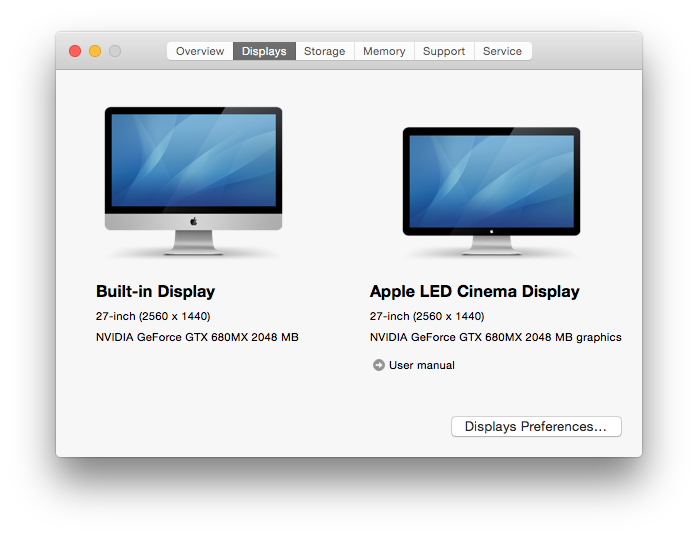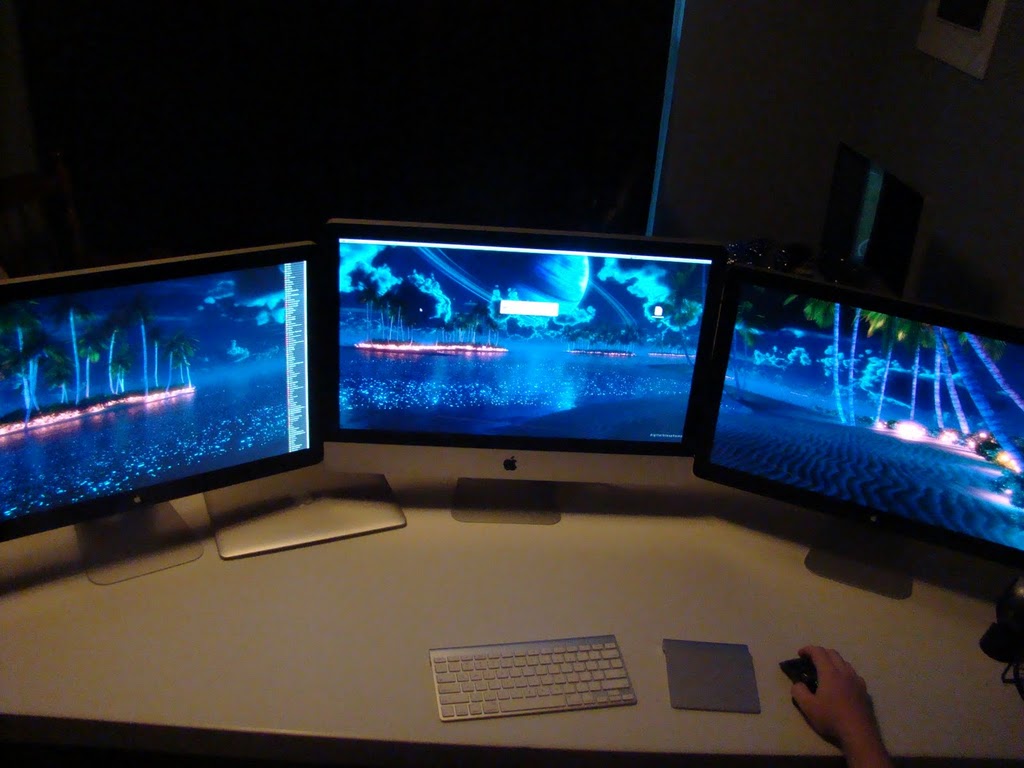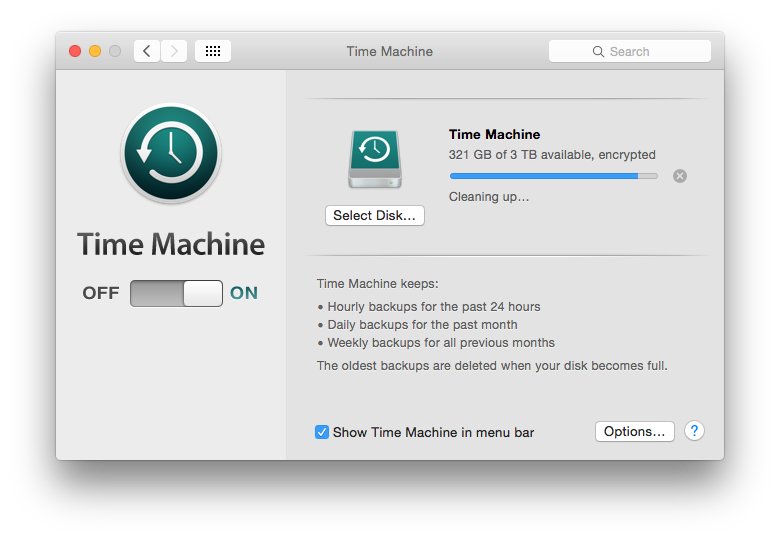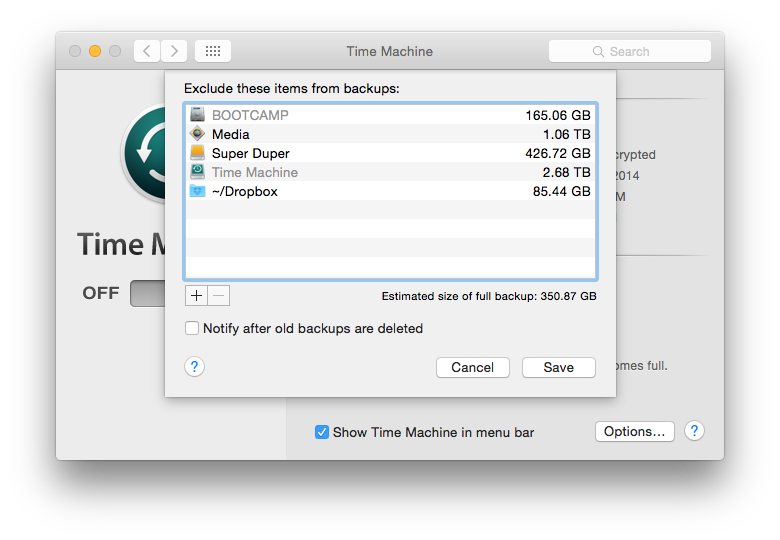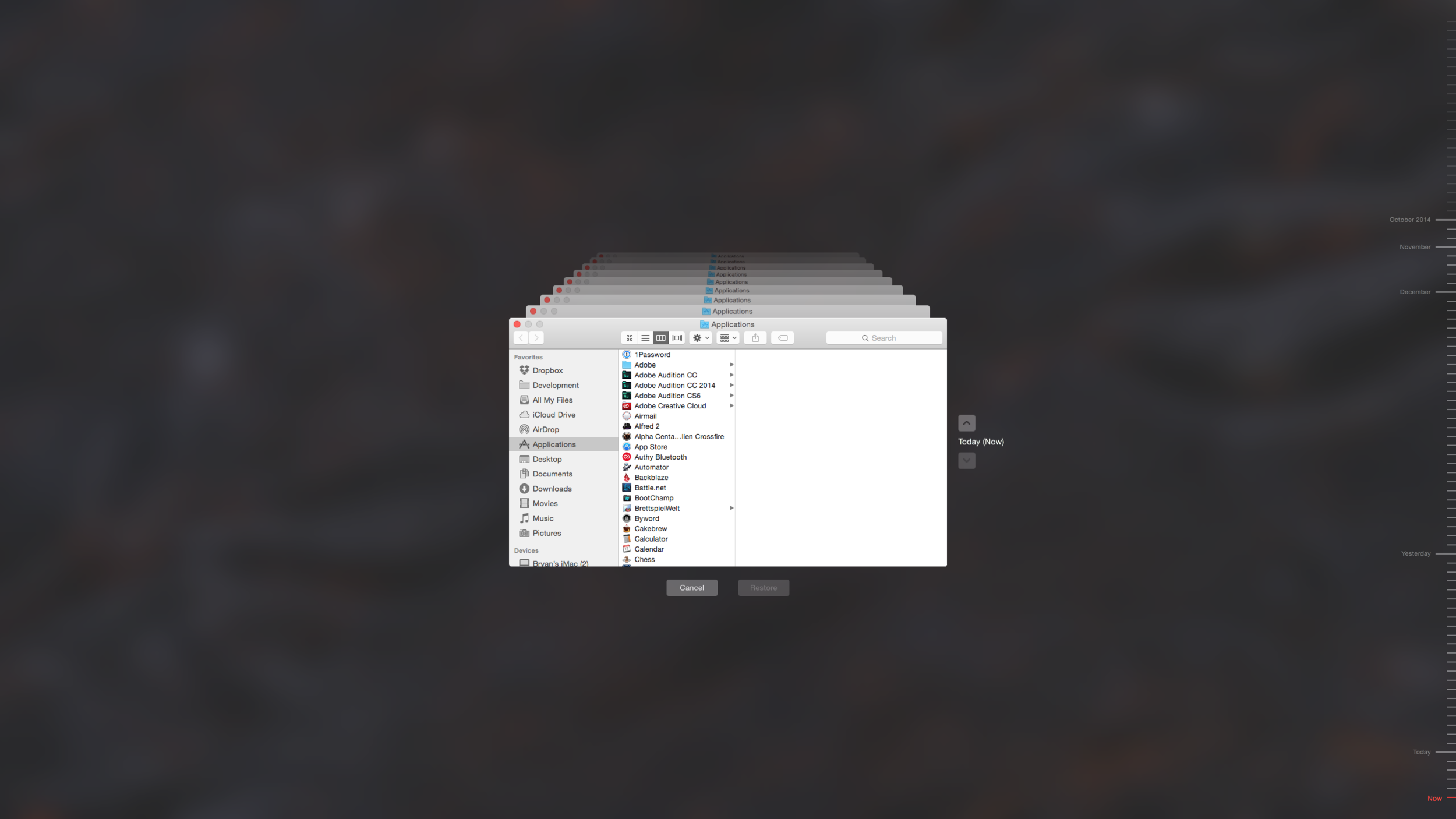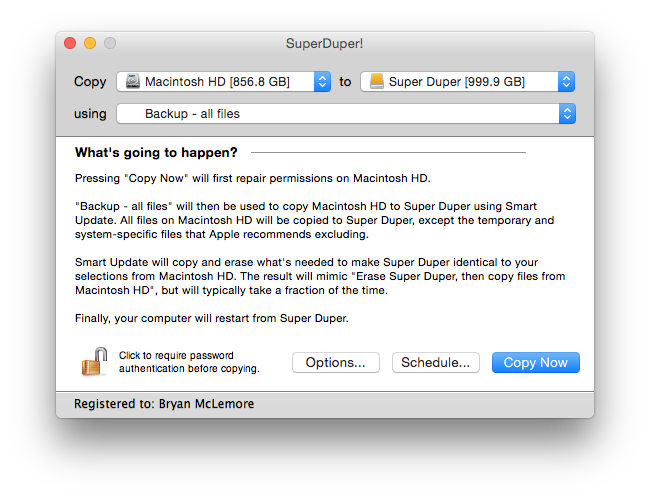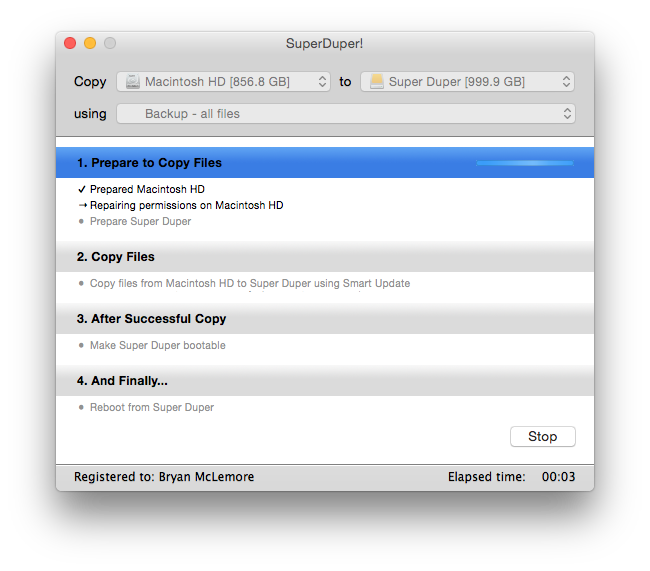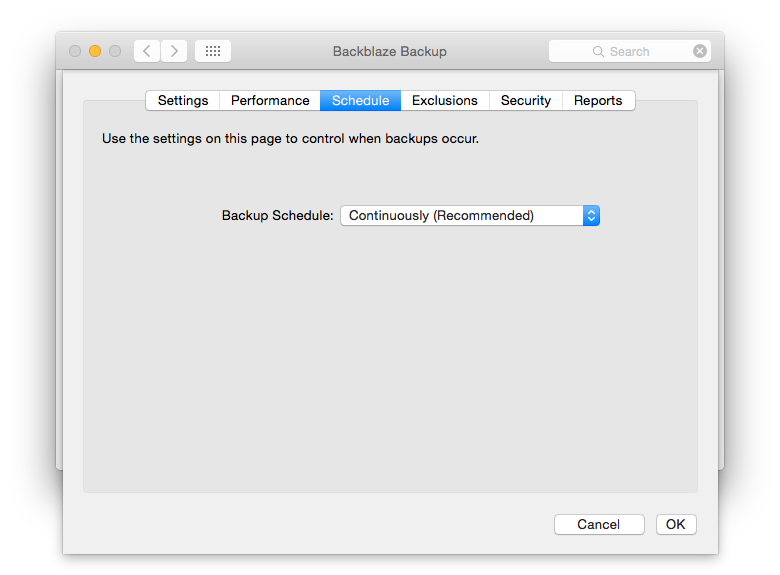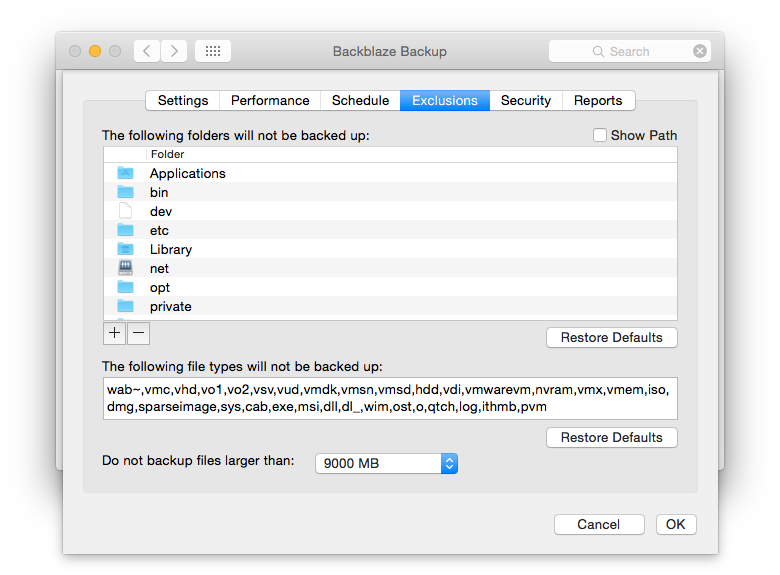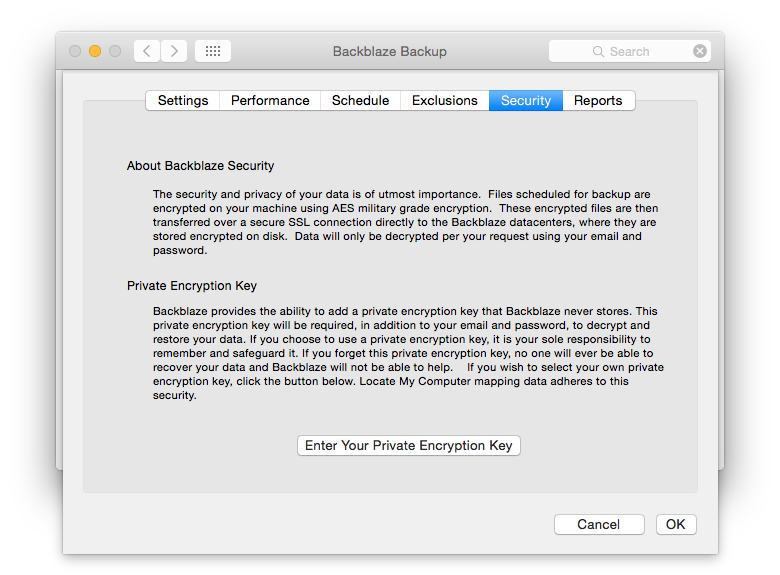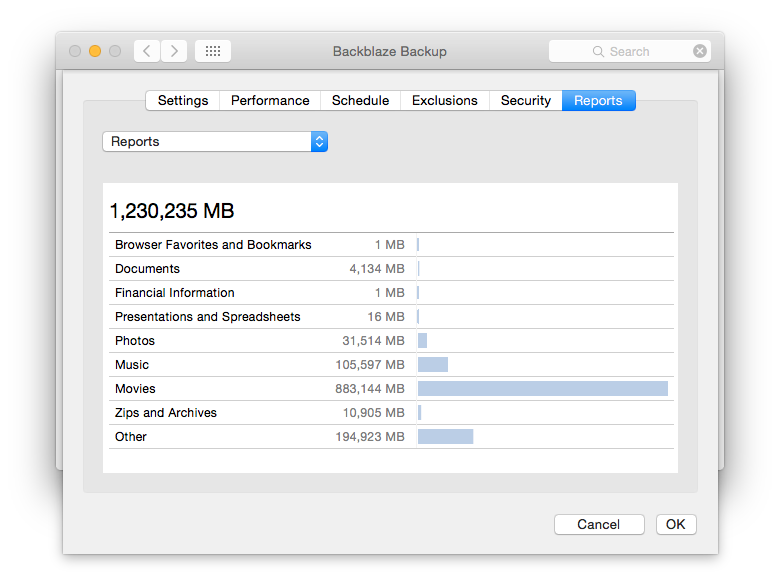In 2004 I had reached a modicum of success in my first career. I was a general manager for GNC, ran a top 200 store, had great staff and bosses, and still had enough energy to pursue hobbies outside of work. My daughter had been born the year before, and was turning into an adorable toddler.
I have also been a life long gamer. I started playing Nintendo games like Mario Brothers and Double Dragon with my parents as a young child. As I grew up I diversified my gaming. I ended up growing into a PC gamer with simulation, real time strategy, role playing, and online games being some of favorites.
I had been watching (this was back when I still watched game announcements closely) the upcoming World of Warcraft. I was a huge Star Wars Galaxies (pre NGE is still my favorite MMO...) player, and had enjoyed playing Warcraft and Warcraft II a lot (I wasn't as big on III as I didn't really enjoy the hero mechanic). So I was excited to get into WoW's beta and subsequently pre-ordered.
What I could never have expected is the lasting impact WoW would have on my life.
Addons and WowAce
I've always enjoyed programming. I taught myself QBasic before I was ten and when I was 15 I asked for Visual Basic 5 for my birthday. I even went to college for computer science, but dropped out as the real world and responsibilities settled in. So when I started using WoW addons (Cosmos and then an early addon pack) I was soon drawn to tinkering with them.
One thing went to another and I started doing a simple, and currently abandoned, AutoRepair addon and went from there to working on Ace with Turan. In 2005 we started WowAce.com and that just led to a series of things I could never have imagined.
By 2006 I had moved on to working for U-Haul, and WowAce had gotten bigger than I'd ever imagined. We were hosting hundreds of addons (all built on top of Ace), and there were more than a million users downloading them. Even looking back on it I'm floored by this.
Curse
Late in 2006 I had an opportunity I can only describe as a dream. I had spent the majority of my life breaking and learning about computers, building campy websites on the side, and dreaming of doing more.
Curse itself started off as one of the first repositories of WoW Addons. In a very real way Curse wouldn't be here today if WoW hadn't given us all this opportunity. I had been mirroring my work on Curse for a long time and through that I knew Hubert, Curse's CEO.
Through this connection I learned that Curse was going to go for it. Offices in the US, professional development team, and all the rest that entails. Along with this I was given the opportunity to join as one of the early development team.
At this point Curse wasn't the name it is today. It was a few guys in a flat in Germany. Quitting my stable job and abandoning my first career to go be a novice programmer for a no name internet company was, honestly, one of the scariest things I could do being a single father with a small child. After much deliberation I decided to take the plunge. It was an opportunity that if I didn't at least attempt I would always regret.
Since taking that plunge I've seen Curse go through some tough times and have been fortunate enough to fill a variety of roles. Python web development, Objective-C desktop development, I ran the PHP team, and helped oversee several other projects. Eventually I carved out a still growing role in IT and infrastructure.
Today
Now, over eight years later, I'm the IT Director for Curse. I fight the good fight against DDoSes, ensure our uptime (we hit 99.9969% in 2014), and help support new endeavors like CurseVoice.
It's been a crazy ride, and yesterday the fine people at Blizzard sent me a little statue.
It brought to mind, yet again, the thoughts that I owe so much to this little game. I know I'm not unique in this regards, but I wanted to write this to say thank you back.
Thank you Blizzard, thank you for making something cool, this little game, a game that has changed every facet of my life.

